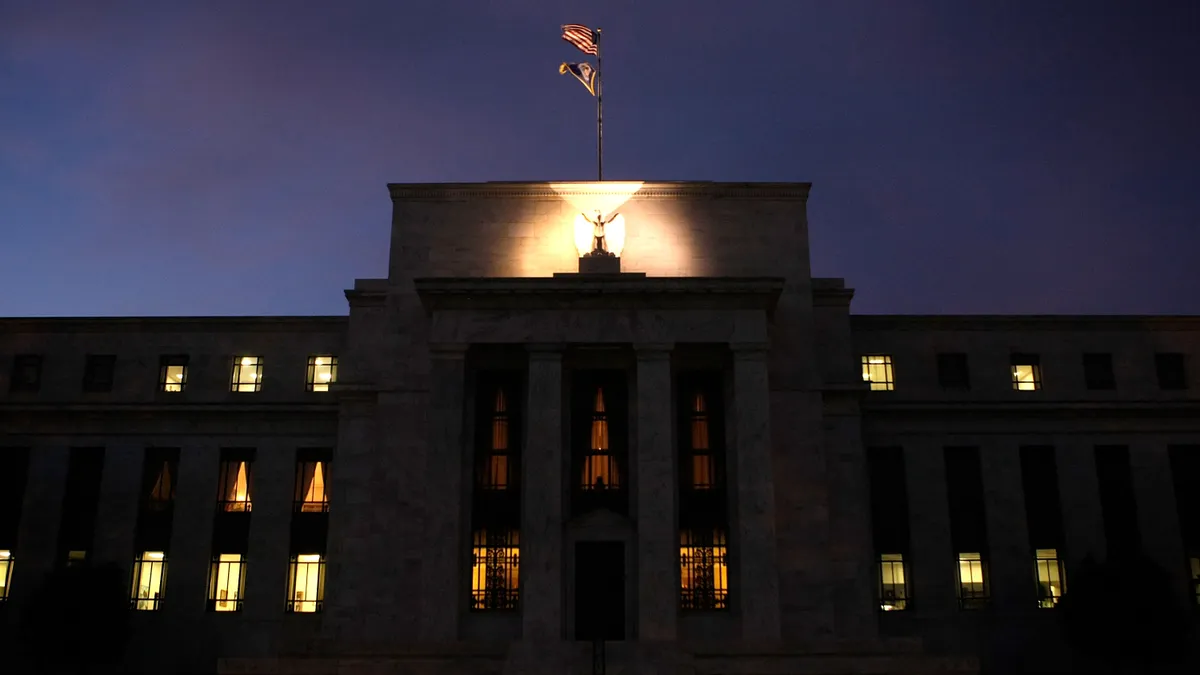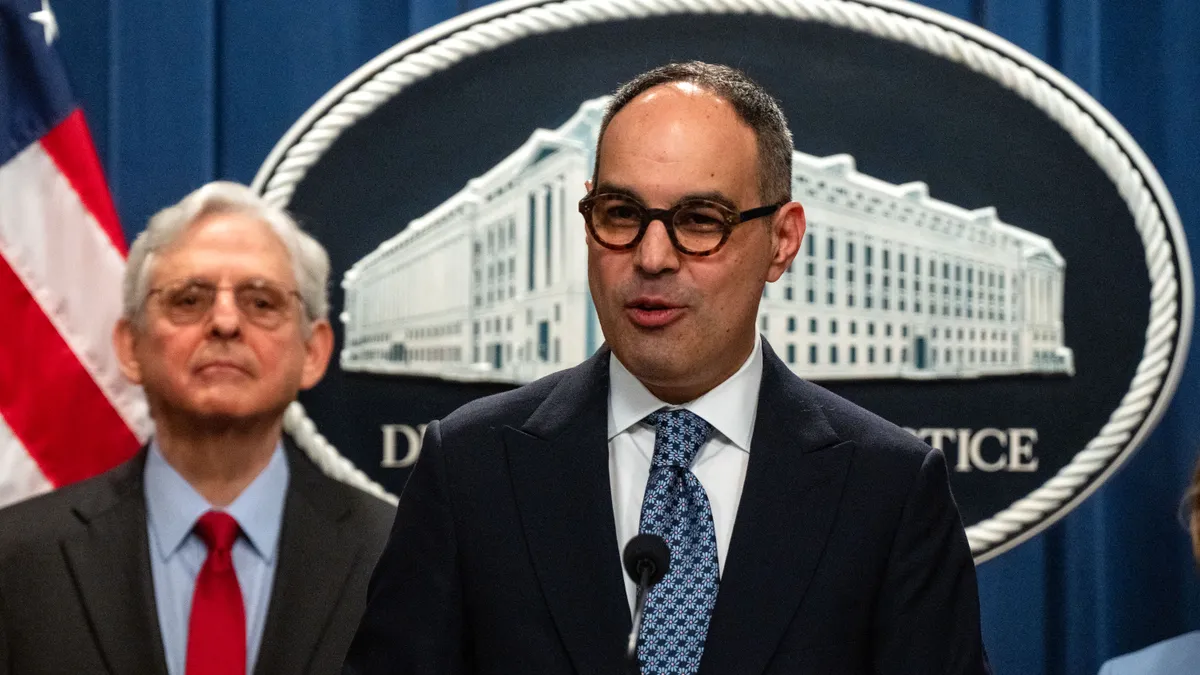The Federal Reserve plans to halt its cross-border automated payments service to Canada and Europe later this year after limited uptake by users and rising competition in that area.
That development was one of many issues Federal Reserve officials discussed at a “town hall” session on Monday at Nacha’s Smarter Faster Payments conference in Las Vegas. Most of the topics they touched on, including the upcoming July launch of the real-time payments system FedNow, were familiar to attendees at the session, but fewer were aware of the discontinuation of the FedGlobal ACH service.
That’s despite a Feb. 22 notice tucked away on the Fed’s website that said “after thorough consideration and evaluation, Federal Reserve Financial Services has determined that FedGlobal ACH Payments service to Canada and Europe will be discontinued in the coming months.”
The Fed service to Europe will accept forward payments originated through April 27 and return payments will be allowed from Europe through July 31, the notice said. For Canada service, the Fed will accept those payments originated through June 30, and allow return payments from Canada through Sept. 29.
It added that there won’t be any impact on FedGlobal ACH payment services to Mexico or Panama, and the Foreign Check Collection Service isn’t affected either.
Shonda Clay, the Fed’s chief of product and relationship management for Federal Reserve Financial Services, expanded on that notice during the town hall, explaining that volumes for use of the service have been low and that competing services have sprung up since it was started more than two decades ago.
“In that time, we’ve had very little uptake from an adoption uptake and our volume has remained fairly small,” Clay said. “In that same amount of time, about 22 years, other opportunities in the industry have grown so there are other ways to move payments.”
She added that the service still exists today for Mexico and Panama, noting she had been asked twice about that at the conference, which started Sunday. Nacha conference organizers said about 2,100 people were in attendance at the confab in Las Vegas this week.
Winding down services to Europe and Canada “does not mean that the Fed is not interested in working towards cross-border opportunities and really paying attention to that space,” Clay said.
She didn’t mention other services that have popped up, but many private sector actors have been busy in the arena.
For instance, New York-based The Clearing House, the bank-owned company operating U.S.-based payments networks, has been working on a new cross-border instant payments system between the U.S. and Europe with the pan-European payment services company EBA Clearing and the international payments messaging firm Swift since last year.
Also, Visa has ramped up an international payments service under its Visa Direct brand. Visa’s global head of its B2B Connect service, Ben Ellis, who spoke on a separate panel at the conference, made clear that the card giant is busy building out the company’s network worldwide.
Indeed, the Fed itself has visions of offering new cross-border payments capabilities for its soon-to-launch FedNow service. During an update presentation last month on that real-time payments service due to launch in July, Nick Stanescu, who is leading development of the system, said cross-border payments could be among the features that are added in the future.











